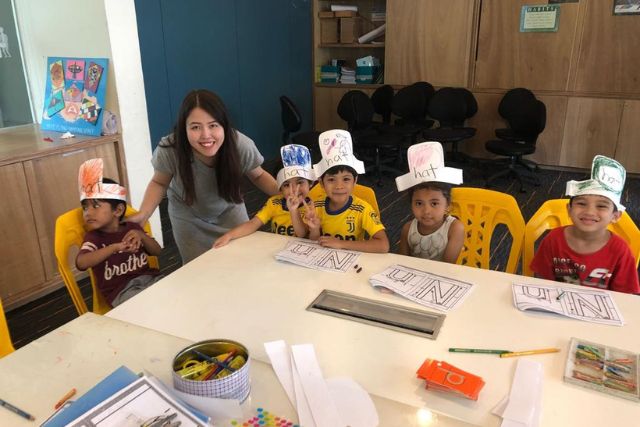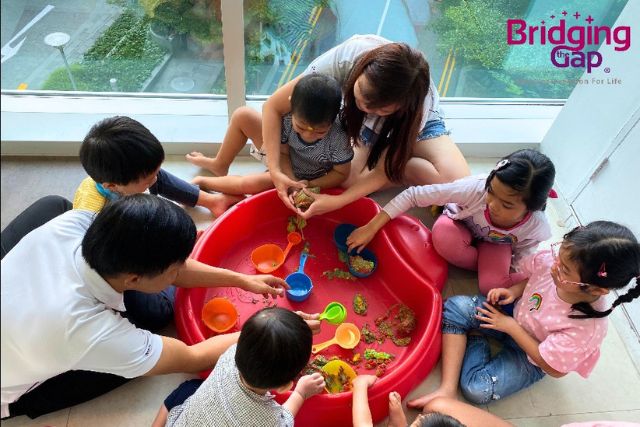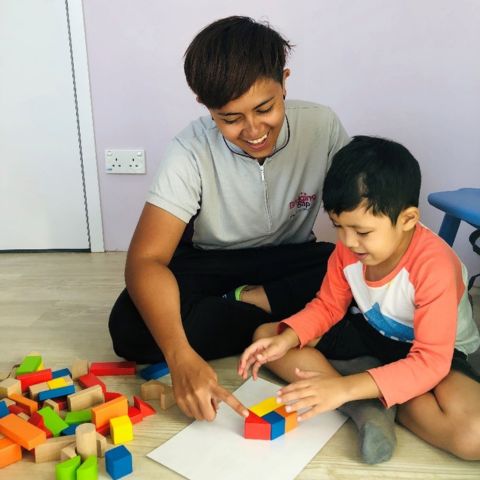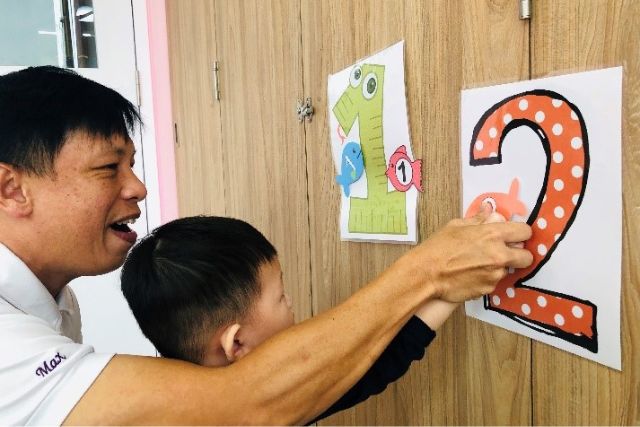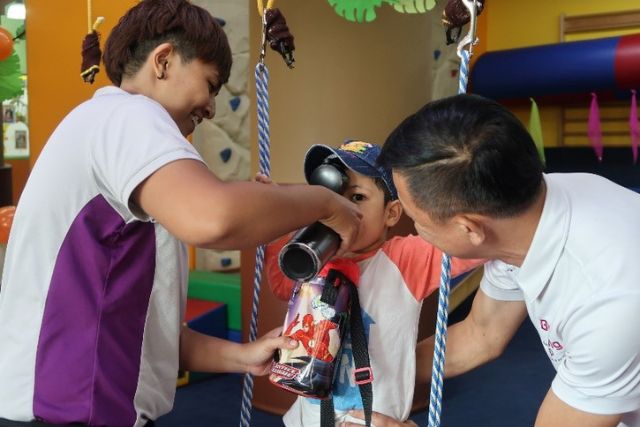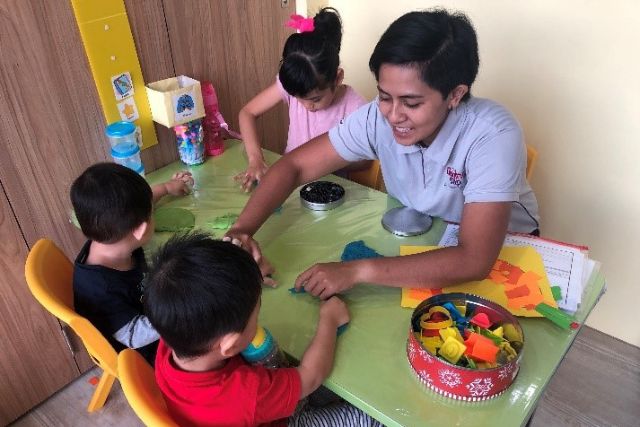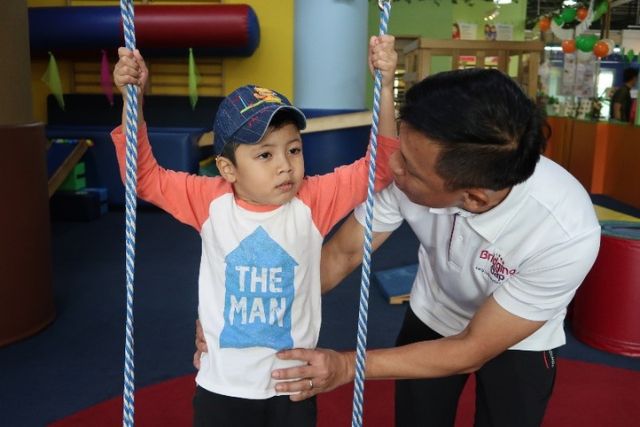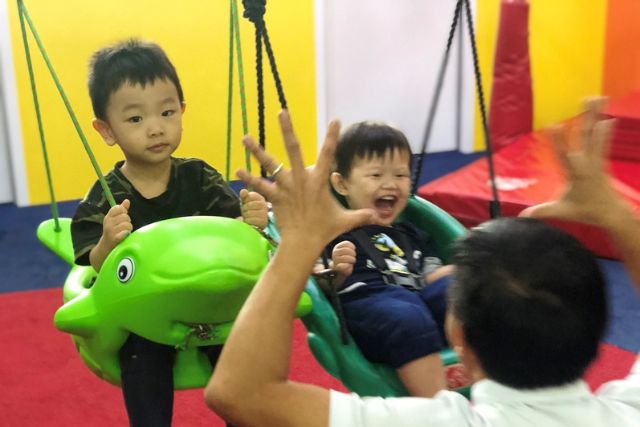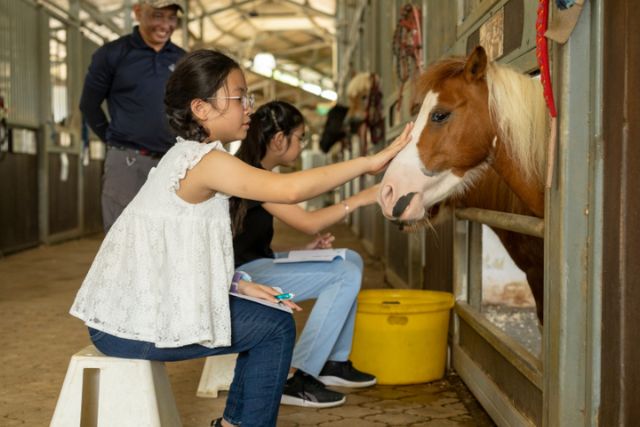Having a child with special needs impacts the entire family. As a special needs caregiver myself, the path forward beyond diagnosis was fraught with uncertainty, confusion, and anxiety. It’s not uncommon for caregivers to look for instant ‘fixes’ to ‘cure’ their child’s special needs, the way we think of medicine getting rid of our sicknesses.
A diagnosis is not a curse, but a signpost guiding you towards understanding your child’s behaviour and needs. If you’re a new special needs caregiver with little or no experience, there are experts from Bridging the Gap who are here for you and your child.
These specialists have spent years studying and supporting special needs children, intending to bridge their gaps in life. The New Age Parents spoke to Max and Nina, two early intervention educators from Bridging the Gap, on how this community of educators elevates these young lives beyond special needs.
How can Bridging the Gap help your child?
Bridging the Gap sees every child as unique with his own set of strengths and challenges. Max, one of the centre’s founders, will initiate a dialogue with you to grasp your child’s needs, learn about his regular interactions, and understand your expectations for your little one. What gaps require attention? What issues does your child face at home, school or at other places? This initial exchange forms the foundation for your child’s personalised learning journey.
Nina, who began as an intern with Bridging the Gap over 10 years ago and furthered her studies with the College of Allied Educators, will further immerse herself in your child’s world. Besides assessing his abilities and behaviour in the centre’s convertible playgym and colourful classrooms, she will go the extra mile to map out and understand your child’s life.
For example, she would visit your home to see how your child’s environment and daily routines could be improved in simple yet impactful ways. She has helped families set up study stations, ensuring an ideal learning space and enabling their children to cultivate good table-time habits to prepare for primary school.
Her hands-on approach extends to preschool visits, where she will collaborate with your child’s other educators to gain a comprehensive understanding of his world, observe his interactions with classmates, and note possible gaps that result in your child’s challenges.
Formulating an Early Intervention Plan for your Child
After mapping out your child’s ecosystem, identifying key touchpoints, and assessing what aids or hinders your child’s progress, Max and Nina would draw out an Individualised Education Programme (IEP). The IEP is the roadmap to help your child bridge his gaps, to enable him to not just survive but thrive!
By breaking tasks into smaller, manageable steps and celebrating every small success, the IEP makes your child’s progress easier to achieve in a motivating environment.
For instance, Nina shared that one of her students did not know how to communicate well, and hence resorted to self-inflicted injury to force his parents to give him what he wanted, since this action had always worked well in the past.
With the IEP in place, she helped the student develop the correct habit of communicating his needs and learning to wait for his parents’ response, which reduced the frequency of his injuries. Her interventions also enabled the student to learn how to follow expected routines, such as settling into the classroom and following the lesson plan. The interventions could then be replicated in other settings such as the preschool and future schools as well.
Cheering your Child on at Every Victory
Max and Nina understand that every child has their own learning curve. They will explain to parents – don’t rush the child; trust the process. Progress is still progress, no matter how slow or steady. Each step forward is a victory to be cherished.
While our society takes expected behaviour (such as being able to follow instructions) for granted, Bridging the Gap celebrates every little milestone that the child has put in effort to achieve, which gives him pride in each step he takes to improve.
Elevating your Child’s Touchpoints
As your child progresses through the IEP, Max and Nina will regularly share with you which interventions have worked well. Armed with this knowledge, you can implement these interventions with appropriate modifications to improve routines in your home, grandparents’ home, preschool, and other regular places that your child visits.
This means that everyone involved in your child’s life, from yourself, to your extended family, to preschool teachers and more, would be empowered with the knowledge of how to support your child better, elevating his entire ecosystem as a whole.
As a result, regardless of who your child meets in his regular schedule, all of them would implement consistent standards and reinforcements to support him towards practising expected behaviour and improving self-regulation.
Supporting Happy Families and Self-Love
During our interview, Max emphasised the importance of how love and support within families support the child’s development. This is why Bridging the Gap organises events to give parents a chance to show love towards each other and also towards oneself, as the child’s well-being is closely tied to their caregivers’ emotional and mental health.
Founded by special needs caregivers themselves, Bridging the Gap is more than a centre; it’s a community of educators supporting you in building bridges toward a brighter future where your child’s potential is realised and celebrated.
If you’re a parent facing challenges with your child’s development, don’t hesitate to contact Bridging the Gap. They are here to guide you, support you, and celebrate every step of your child’s remarkable journey.
Start your journey at bridgingthegap.com.sg.
Brought to you by Bridging the Gap.
By Julia Chan
* * * * *
Like what you see here? Get parenting tips and stories straight to your inbox! Join our mailing list here.
Want to be heard 👂 and seen 👀 by over 100,000 parents in Singapore? We can help! Leave your contact here and we’ll be in touch.













